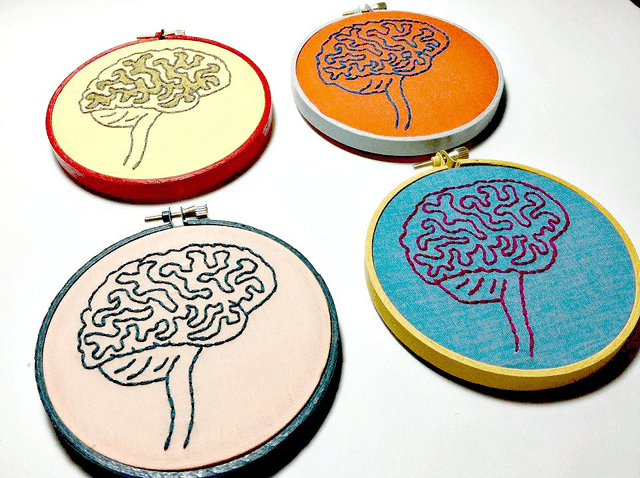Sometimes, the unbelievable can happen. He said his mother died 15 years ago, but when he turned around, he swore he saw her for a split second. When he looked back, there was nothing there.
This was the experience of Jordan Grafman, a cognitive neuroscientist and the director of brain injury research at the Rehabilitation Institute of Chicago. He describes his experience as “mystical”, and says, “as a scientist who has seen something that, to me, seemed mystical, I’m interested in figuring out what happened to my brain.”
Around the world, people have spoken of similar incidents, from near-death occurrences to ecstatic visions and revelatory insights. However, until now, these encounters have been shrouded in mystery. Previous research has resulted in two major camps of theories attempting to explain this phenomenon: the “push” and “pull” theories. “Push theories argue that activation of a single ‘God spot’ causes mystical beliefs, suggesting that injuries to these spots would reduce mysticism,” according to co-author Joseph Bulbulia. He continues, “In contrast, pull theories argue that the suppression of our inhibitory functions opens up the brain to mystical experiences. It is a hotly disputed topic…”
Image Source: Paper Boat Creative
Grafman and his team set out to resolve the debate, and find out what is really behind these mystical experiences. In their new study, they studied 116 Vietnam War veterans with brain damage and mystical experiences, and compared them with 32 combat veterans with neither of the two. The researchers also interviewed all of the patients based on the “Mysticism Scale”, a well-established test for analyzing reports of mystical experiences. The scale asks about feelings of unity and joy, and measures the extent of feelings of transcending time and space. High-resolution computed tomography (CT) brain scans of all of the Vietnam veterans were also taken.
The results of the study provide some evidence that “pull” theories can help explain what opens the “door of perception”. The study showed that damage to the frontal and temporal lobes resulted in greater mystical experiences, and further research indicated that damage to a specific area of the brain known as the dorsolateral prefrontal cortex was caused markedly increased mysticism. This area of the brain is the key to imposing inhibitions; when its functions are suppressed, a “door of perception” can open, increasing the likelihood of mystical experiences.
Image Source: Morsa Images
The researchers concluded, after studying the role of the dorsolateral prefrontal cortex, that trauma to this area can interfere with people’s ability to interpret reality. As a result, when people undergo something they cannot easily explain, the brain may settle for supernatural explanations. This is the reason why Grafman believed he saw his mother, and why so many others have similar experiences. The researchers are now continuing their work, and hope to translate their results to a clinical setting as soon as possible.
Feature Image Source: Brains! by Hey Paul Studios










